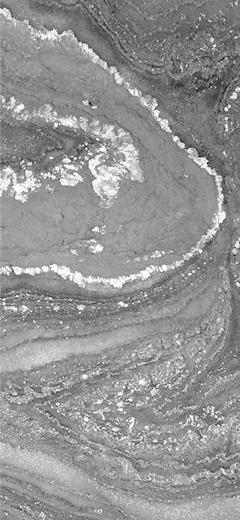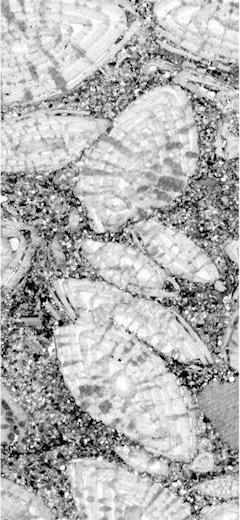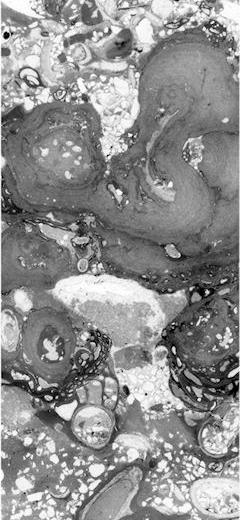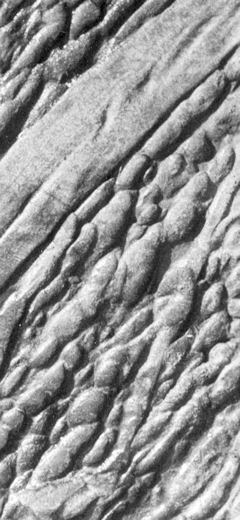ASGP (2025), vol. 95: 161–178
POLLEN AND NON-POLLEN PALYNOMORPHS AS TOOLS FOR INTERPRETING PALAEOENVIRONMENTAL CHANGES IN THE MIOCENE LIGNITE IN THE CHŁAPOWO CLIFF (NORTHERN POLAND)
Elżbieta WOROBIEC (1*), Grzegorz WOROBIEC (1) & Marek WIDERA (2)
1) W. Szafer Institute of Botany, Polish Academy of Sciences, Lubicz 46, 31-512 Kraków, Poland; e-mails: e.worobiec@botany.pl, g.worobiec@botany.pl
2) Institute of Geology, Adam Mickiewicz University, Krygowskiego 12, 61-680 Poznań, Poland; e-mail: widera@amu.edu.pl
*) Corresponding author
Worobiec, E., Worobiec, G. & Widera, M., 2025. Pollen and non-pollen palynomorphs as tools for interpreting palaeoenvironmental changes in the Miocene lignite in the Chłapowo Cliff (northern Poland). Annales Societatis Geologorum Poloniae, 95: 161–178.
Abstract: Palynological analysis of samples taken from the lignite, exposed in the Chłapowo Cliff on the southern Baltic coast, allowed the reconstruction of the vegetation and palaeoclimate that predominated during the accumulation of the peat, from which the lignite was formed. In addition to pollen grains and spores, particular attention was given to non-pollen palynomorphs, such as algal, fungal and invertebrate micro-remains (Cladocera) that enabled a more accurate reconstruction of the palaeoenvironment. The lignite belongs to the 2nd Lusatian seam, which is an important correlation level in Central Europe, dated to the latest Early Miocene to the early Middle Miocene. The textural and structural features of the lignite seam indicate that the depositional environment of the peat is loosely combined with the overbank zone of an anastomosing or meandering river system. The results of the palynological study show the presence of wetland vegetation, including shrub bogs (most similar in their composition to modern pocosins, growing between river channels) and riparian forests, growing on periodically flooded areas and mesophilous vegetation, occurring in the vicinity. The composition of the palynoflora, including the thermophilic taxa, such as Sapotaceae and Meliaceae, indicates that the climate was warm, close to subtropical, with a mean annual temperature range of 15.7–17.8 °C.
Manuscript received 21 July 2025, accepted 25 September 2025









